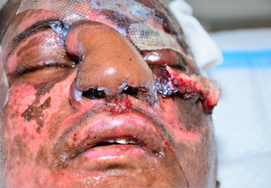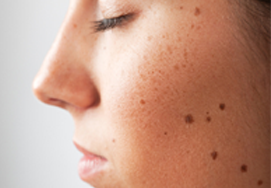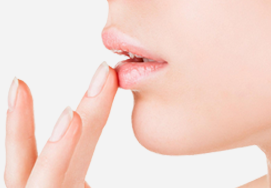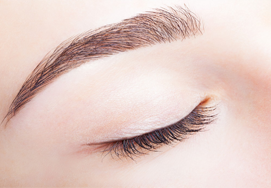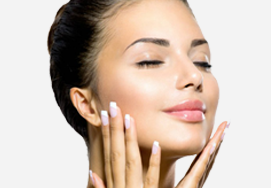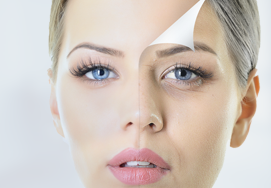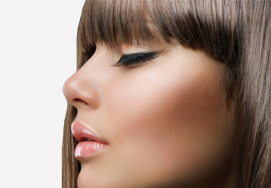Botox and Facial Fillers
Performed in individuals with softening facial creases, removing wrinkles, improving the appearance of recessed scars, crow’s feet near the eyes, and forehead furrows

- What are Botox and Facial Fillers?
- Am I the right candidate for the procedure?
- How should I prepare for the procedure?
- What happens during the surgery?
- What should be the aftercare of the surgery?
- What are the postsurgical considerations?
What are Botox and Facial Fillers?
Aging, sun exposure, and lifestyle cause wrinkles and fine lines on the face. It can make your skin look tired and affect your aesthetic appearance. Botox and facial fillers help you to make your face look younger by reducing activity of underlying facial muscles which cause undesired wrinkles Botox injections treat dynamic wrinkles which appear when you make a facial expression whereas facial fillers are used for static wrinkles.
Botox injection consists of toxin which is a purified substance derived from bacteria “Clostridium botulinum”. It is injected into your facial muscles and acts by inhibiting the muscle contractions by blocking the nerve signals. The inhibition of muscle contractions cause wrinkles to relax and smoothen.
Facial fillers help to restore the facial volume and correct the facial wrinkles and folds. It helps to treat fine lines on the face and give you a youthful look. These are also called as “volumizers.”
Facial fillers are of different types:
- Calcium hydroxylapatite injections
- Collagen
- Hyaluronic acid
- Polymethyl-methacrylate (PMMA)
- Polylactic acid
- Polyalkylimide
Your surgeon will choose facial filler based on skin conditions and the area to be treated.
Am I the right candidate for the procedure?
Botox is performed in individuals with
- Crow’s feet near the eyes
- Forehead furrows
- Frown lines
- Skin band on the neck
Facial fillers are used for
- Plumping thin lips
- Enhancing shallow contours
- Softening facial creases
- Removing wrinkles
- Improving the appearance of recessed scars
Botox and facial fillers are not suitable for treating all the types of wrinkles. It is essential to discuss with your cosmetic surgeon regarding potential benefits and risks of the procedures before choosing a treatment option.
How should I prepare for the procedure?
It is essential to have a clear communication with your surgeon to reduce your anxiety and fear about the procedure. The surgeon provides you the instructions about the diet and medicines you need to take before the procedure.
Blood thinners may cause bleeding or bruising after the injection, so you are recommended to stop blood thinners for several days before taking these injections.
For Botox:
Inform your doctor if you
- Have received any botox injection within the past four months
- Take muscle relaxants, sleeping aids or allergy medications
- Have muscular or nervous disorders as there may be a chance of occurring side effects such as difficulty swallowing and difficulty breathing after the botox injection
For Facial fillers:
Bruising is the common side effect observed after the treatment., one or two days before the procedure to help reduce bruising. If you have a sunburn, cold sore, or infection in the mouth, inform your doctor and take necessary measures.
What happens during the surgery?
Botox:
The surgeon examines your face and marks the injection site. The injection site is cleaned with antibacterial agent. Your surgeon will inject the drug for usually less than 15 minutes.
Facial fillers:
The first step involves facial assessment and mapping in which your surgeon evaluates the facial appearance and marks the appropriate injection sites on the face for fillers. The injection site is cleaned with an antibacterial agent, and local anesthesia is administered.
Injection usually takes place for few minutes, and the additional filler is added if required.
When can I observe the expected results?
The results can be seen within 10 days or earlier after the procedures.
What should be the aftercare of the surgery?
Botox:
There may be general weakness or dizziness within hours to weeks. If this occurs, avoid driving a car or operating machinery.
- Apply ice if there are any bruises.
- Avoid consuming alcohol and performing strenuous exercises at least for 6 hours.
- Avoid massaging the injection site or the treated area.
- Avoid sleeping for 4 hours after the procedure.
- Do not expose the area to extreme hot or cold temperature.
Facial fillers:
There may be redness, bruising, or tenderness after the injection. But it will go off within few hours to few days.
- Avoid alcohol intake and performing vigorous exercises until the swelling or bruising is resolved.
- Avoid exposing the skin to extreme cold or hot temperature.
- Reduce movement of the area treated.
- Gently massage the area if there is any visible bump.
What are the postsurgical considerations?
In few cases, severe allergic reactions have been reported with botox injections that include itching, rash, wheezing, dizziness or feeling faint. Tenderness at the injection site, headache, and eye problems such as double vision, blurred vision, and swelling of your eyelids may be observed after the procedure.
Risks and complications of the facial fillers are not common and depend on the specific filler used during the procedure. Potential complications that may be observed are bruising and bleeding from the treated area, swelling, infection, scarring, or formation of lumps.



